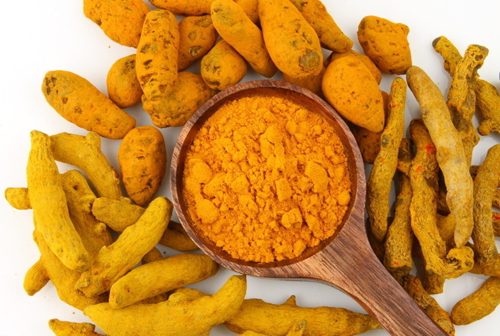Medicinal Properties: Pungent and bitter in flavor, warm in nature and attributive to the liver and spleen meridians.
Actions: Promote circulation of the blood and qi, dredge the meridian passage to arrest pain.

Application
1. For epigastric and hypochondriac pain due to qi stagnation and blood stasis and abdominal pain resulting from amenorrhea, it is combined each time with Danggui ( Radix Angelicae Sinensis), Baishaoyao (Radix Paeoniae Alba ), Honghua ( Flos Carthami ), and Yanhusuo ( Rhizoma Corydalis ) , etc..
2. For pain in the Bi-syndrome of wind-dampness type, especially for that of arms and shoulders, it is combined each time with Qianghuo (Rhizoma et Notopterygii ), Haitongpi ( Cortex Erythrinae) and Danggui (Radix Angelicae Sinensis), such as Shujin Tang (Decoction).
In addition, Jianghuang (Rhizoma Curcume Longae) is used in combination with Dahuang
(Radix et Rhizoma Rhei ), Baizhi ( Radix Angeticae Dahuricae ), Tiannanxing ( Rhizoma Arisaematis ), and Tianhuafen (Radix Trichosanthis ), etc., which are ground into powder for external application on the local area to treat early stage of abscess, ulcer, sore, and furuncle with redness, swelling, feverish sensation and pain, such as Ruyi Jinhuang San (Powder), and now it is used for hyperlipemia.
Usage and Dosage: 3 - 10 g is used in decoction for oral use, and just right amount for external use.








